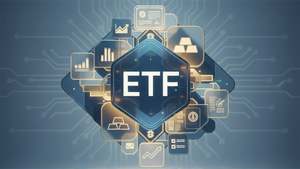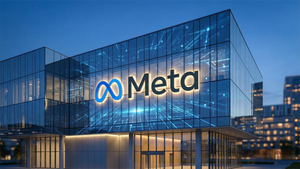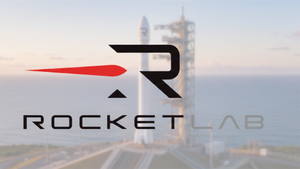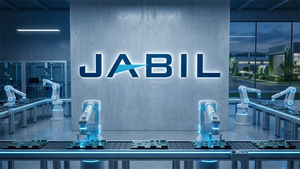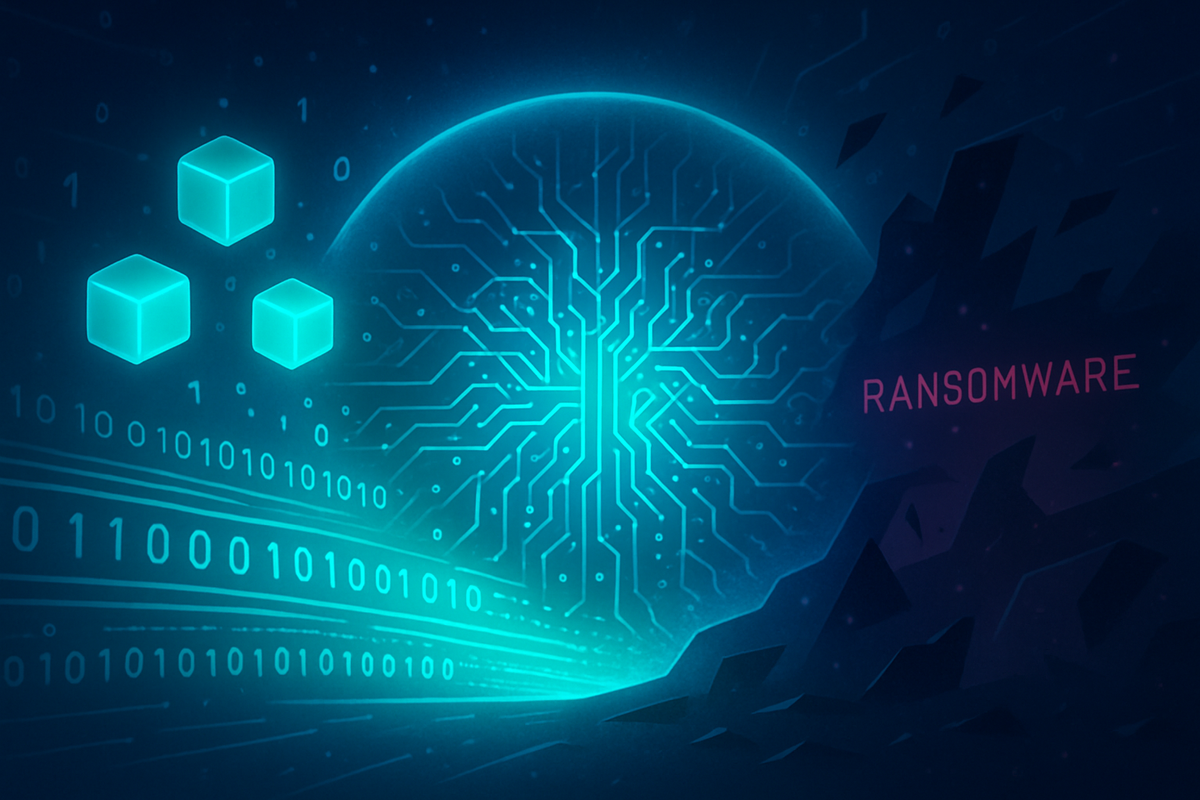
Mountain View, CA – October 1, 2025 – In a significant leap forward for cloud security, Google (NASDAQ: GOOGL) has officially rolled out an innovative AI-powered security layer for ransomware detection within Google Drive. Launched as an open beta on September 30, 2025, for Google Drive for desktop users on Windows and macOS, this new defense mechanism is poised to redefine data protection strategies for businesses and individuals alike. By leveraging sophisticated artificial intelligence, Google aims to proactively identify and neutralize ransomware threats, creating a critical "protective bubble" around user data and dramatically limiting the potential for widespread data corruption.
This timely advancement addresses the escalating global threat of ransomware, which continues to plague organizations across all sectors, leading to massive financial losses and operational disruptions. Google Drive's new AI layer promises to significantly mitigate these risks by offering automatic sync pausing, immediate user alerts, and streamlined file restoration. The immediate implication is a substantial enhancement in resilience against cyberattacks, offering users and enterprises a much-needed layer of peace of mind in an increasingly hostile digital landscape.
Unpacking the Shield: Google Drive's Proactive Ransomware Defense
The newly introduced AI security layer is a testament to Google's commitment to robust cloud security, integrating seamlessly into the existing Google Drive ecosystem. At its core is a specialized AI model, meticulously trained on millions of real-world ransomware samples and continuously updated with fresh threat intelligence from VirusTotal. This intelligent engine is designed to detect the subtle yet critical "core signature" of a ransomware attack – the tell-tale signs of en masse file encryption or corruption.
Upon the detection of suspicious activity, Google Drive for desktop automatically pauses the synchronization of affected files to the cloud. This preventative measure is crucial, as it effectively isolates the threat and prevents the ransomware from propagating and corrupting data stored within Google Drive. Users are immediately notified of the threat via desktop alerts and email, and are guided through an intuitive web interface to effortlessly restore multiple files to their uncorrupted state. Google Drive's robust versioning capabilities, which typically retain old file versions for up to 25 days, are instrumental in facilitating this rapid recovery process. For organizational clients, IT administrators gain critical visibility and control, receiving alerts in the Admin console and access to detailed audit logs within the security center. The feature is enabled by default for commercial Google Workspace plans, with file restoration also available to personal Google account users at no extra cost. This new layer is particularly impactful for non-native Workspace documents like PDFs and Microsoft Office files, complementing existing inherent protections for Google Docs and Sheets. This strategic rollout, occurring on the cusp of October 2025, positions Google at the forefront of adaptive cybersecurity solutions, addressing a persistent and evolving threat.
Initial reactions from the cybersecurity community and early adopters suggest a positive outlook. Experts highlight the significance of an "in-between" layer of protection that activates when initial antivirus defenses might fail. This layered defense approach is seen as a pragmatic response to the sophisticated nature of modern ransomware, which often bypasses traditional perimeter security. While specific market shifts are still unfolding, the announcement is expected to bolster confidence in Google Workspace as a secure platform, potentially influencing enterprise cloud adoption decisions.
Market Movers: Winners and Losers in the Enhanced Security Landscape
The introduction of Google Drive's advanced AI security layer against ransomware is set to send ripples across the financial markets, creating clear winners and potential challenges for various public companies. The most obvious beneficiary is Alphabet Inc. (NASDAQ: GOOGL), Google's parent company. This enhancement solidifies Google Workspace's position as a leading, secure cloud productivity suite, potentially attracting new enterprise clients and retaining existing ones who prioritize data integrity and business continuity. Increased adoption of Workspace translates directly into higher subscription revenues and stronger market share against competitors. Furthermore, the innovation reinforces Google's reputation as a leader in AI and cybersecurity, bolstering investor confidence in its technological prowess and future growth prospects.
Conversely, traditional endpoint security and standalone ransomware protection providers might face increased competitive pressure. Companies specializing solely in ransomware detection or recovery, particularly those without a deep integration into cloud storage platforms, may see their unique selling propositions diminish. While Google emphasizes this is a layered defense, not a replacement for antivirus, the automatic sync pausing and guided restoration capabilities reduce the immediate need for extensive third-party recovery tools. This could impact the demand for certain niche cybersecurity solutions, forcing providers to innovate and differentiate their offerings more aggressively, perhaps by focusing on pre-infection prevention or broader threat intelligence.
Cloud storage providers that do not offer similar advanced, AI-driven ransomware detection directly integrated into their services could also find themselves at a disadvantage. Competitors like Microsoft (NASDAQ: MSFT) with OneDrive and SharePoint, and Dropbox (NASDAQ: DBX), will likely feel pressure to match or exceed Google's new security features to remain competitive in the enterprise and consumer cloud storage markets. While these companies already have robust security measures, Google's explicit AI-powered, real-time ransomware detection and automated recovery features set a new benchmark. Failure to innovate at a similar pace could lead to client attrition or slower growth in a market where security is paramount. This move by Google could also spur increased investment and M&A activity within the cybersecurity sector as companies look to acquire or develop similar AI capabilities to stay relevant.
Broader Implications: Reshaping the Cybersecurity Paradigm
Google Drive's new AI security layer represents more than just an incremental update; it signals a significant shift in the broader cybersecurity landscape, emphasizing proactive, AI-driven defense directly at the data storage level. This event fits squarely into the overarching industry trend of moving from reactive, signature-based threat detection to predictive, behavior-based AI analysis. The increasing sophistication of ransomware attacks necessitates a more intelligent and adaptive defense, a void that Google's new feature aims to fill by learning from evolving threats in real-time.
The potential ripple effects on competitors and partners are substantial. Other major cloud providers, including Microsoft Azure (NASDAQ: MSFT) and Amazon Web Services (NASDAQ: AMZN), will undoubtedly accelerate their efforts to integrate similar advanced AI-driven ransomware protection into their respective cloud storage and productivity offerings. This could spark an "AI security arms race" among tech giants, ultimately benefiting end-users with more secure cloud environments. For cybersecurity partners, particularly those focused on managed security services, this development presents both a challenge and an opportunity. They will need to adapt their strategies to integrate with and leverage these new platform-level protections, perhaps shifting their focus to more advanced threat hunting, incident response, and holistic security orchestration that complements, rather than duplicates, the cloud provider's built-in defenses.
Regulatory bodies globally are increasingly scrutinizing data protection practices, especially in the wake of high-profile ransomware incidents. Google's proactive step could influence future data security mandates, potentially setting a de facto standard for cloud storage providers to offer advanced ransomware mitigation capabilities. This could lead to new policy implications, encouraging or even requiring cloud services to implement similar AI-powered defenses to ensure compliance and protect critical infrastructure. Historically, major security breaches have often led to increased regulatory oversight and industry-wide improvements. Google's move, while proactive, could accelerate such developments, particularly in sectors with stringent data privacy requirements like healthcare and finance. It underscores the growing understanding that robust, intelligent defenses are no longer optional but essential components of any credible data management strategy.
The Road Ahead: Navigating a More Secure Digital Future
Looking ahead, the short-term possibilities stemming from Google Drive's AI security layer are clear: enhanced immediate protection for Google Workspace users and a potential surge in confidence for organizations considering cloud migration or expanding their cloud footprint. In the long term, this development is likely to catalyze a broader industry movement towards deeply integrated, AI-powered security features within core enterprise applications and infrastructure. We can expect to see other major software and cloud service providers prioritize similar innovations, leading to a more secure digital ecosystem overall.
Potential strategic pivots for cybersecurity companies not directly affiliated with major cloud platforms will be crucial. These firms may need to specialize further, focusing on areas where cloud providers might not delve as deeply, such as niche threat intelligence, advanced penetration testing, or highly customized security architectures for hybrid cloud environments. Market opportunities will emerge for companies that can effectively integrate with and augment these new platform-level security layers, offering specialized services that build upon the foundational protection provided by Google and its peers. This might include AI-driven security orchestration platforms or consulting services that help enterprises optimize their use of these advanced features.
Potential scenarios and outcomes include a significant reduction in successful ransomware attacks targeting data stored in Google Drive, leading to fewer business disruptions and financial losses for its users. This could also pressure threat actors to evolve their tactics even further, necessitating a continuous cycle of innovation in AI-powered defense. Another scenario could see a greater consolidation in the cybersecurity market, with smaller, less innovative players struggling to compete against the comprehensive, integrated solutions offered by tech giants. Investors should watch for how quickly competing cloud providers respond with similar features, the adoption rates of Google's new layer, and any shifts in ransomware attack vectors that emerge in response to these enhanced defenses.
A New Era of Data Protection: Key Takeaways and Future Outlook
Google Drive's new AI-powered security layer for ransomware detection marks a pivotal moment in the ongoing battle against cyber threats. The key takeaway is the strategic shift towards embedding intelligent, proactive defenses directly within the platforms where data resides, moving beyond traditional perimeter security to a more resilient, in-depth defense. By automatically pausing synchronization and offering guided restoration, Google has set a new benchmark for mitigating the impact of ransomware, promising reduced downtime and financial losses for its vast user base.
Moving forward, the market will undoubtedly prioritize integrated security solutions that leverage AI and machine learning to adapt to evolving threats. This development underscores the critical importance of continuous innovation in cybersecurity, particularly as threat actors grow more sophisticated. Investors should closely monitor the adoption rates of Google's new feature, the competitive responses from other cloud providers, and the overall impact on the frequency and severity of ransomware incidents. Companies that can effectively integrate AI into their security offerings, providing seamless and robust protection, are likely to see significant growth.
Ultimately, this advancement offers a glimpse into a more secure digital future, where intelligent systems work autonomously to protect valuable data. While no single solution can eliminate all threats, Google's latest innovation significantly strengthens the collective defense against one of the most pervasive and damaging cyber risks. The lasting impact will be a heightened expectation for proactive, AI-driven security across all cloud services, pushing the industry towards a more resilient and trustworthy digital environment for businesses and individuals worldwide.
This content is intended for informational purposes only and is not financial advice.

